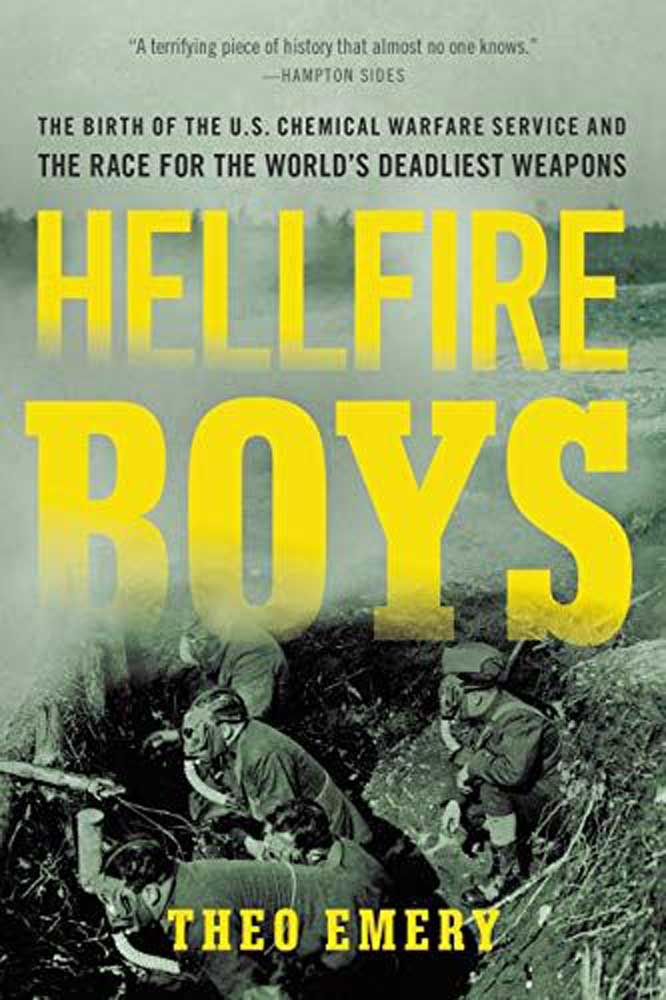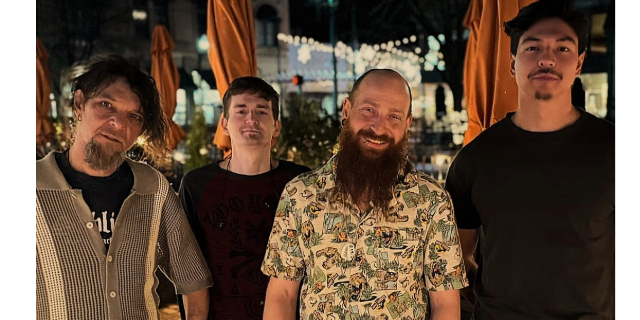‘Hellfire Boys’: An intriguing read about ‘world’s deadliest weapons’
Published 1:09 pm Monday, July 26, 2021

- Hellfire Boys
Some events have been probed so thoroughly by historians that it seems to me no author could discover anything compelling to write about them.
Compelling, in this case, being a synonym for something readers haven’t already come across in half a dozen other books.
The First World War is a fine example of the phenomenon.
Besides being one of the defining episodes of the 20th century, the war has the not minor disadvantage of being awfully old. Given that the war ended almost 103 years ago, at least three generations of historians have had a go at plumbing this epochal period. To understand its popularity you need only peruse the military history section at a library or bookstore.
Although the occasional general history of the war is published to this day, for many decades most historians have sought to distinguish their work by examining some smaller piece — a single battle, for instance, or the experience of one division during the conflict.
I tend to prefer this sort of book, as I’ve read (and indeed, own) a couple comprehensive histories.
I was, then, intrigued when I saw, in the recently arrived nonfiction section at the Baker County Library, Theo Emery’s 2017 book, “Hellfire Boys: The Birth of the U.S. Chemical Warfare Service and the Race for the World’s Deadliest Weapons.”
“Deadliest weapons” is a term likely to entice people to pluck the book from the shelf even if they’re not war history aficionados.
The use of poison gas — most notably chlorine, phosgene and mustard gas — is, along with the machine gun, barbed wire and artillery bombardments, an element that more than a century later remains emblematic of the First World War.
Any competent history of the conflict — and probably even most incompetent ones — will mention, however briefly, the gas attacks. It’s a weapon which, in perhaps the only way, makes the First World War more barbaric than the Second.
Emery’s dense book, as its name implies, focuses on America’s gas program during its relatively brief involvement in the war (the U.S. declared war in April 1917, less than a year and a half before the war ended, and American soldiers fought in large numbers for only about six months, in 1918).
It was an enlightening read — in a very dark way.
I was surprised to learn not only how committed the U.S. was to using gas weapons, but also how closely the military worked with civilian chemists to develop the titular “deadliest weapons.”
From Emery’s research, it seems that if you were a distinguished American chemist in 1917 or 1918, the best way to advance your career wasn’t to devise ways to help improve people’s lives, but to figure out how to end them.





